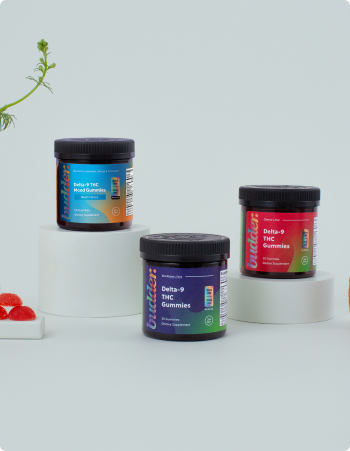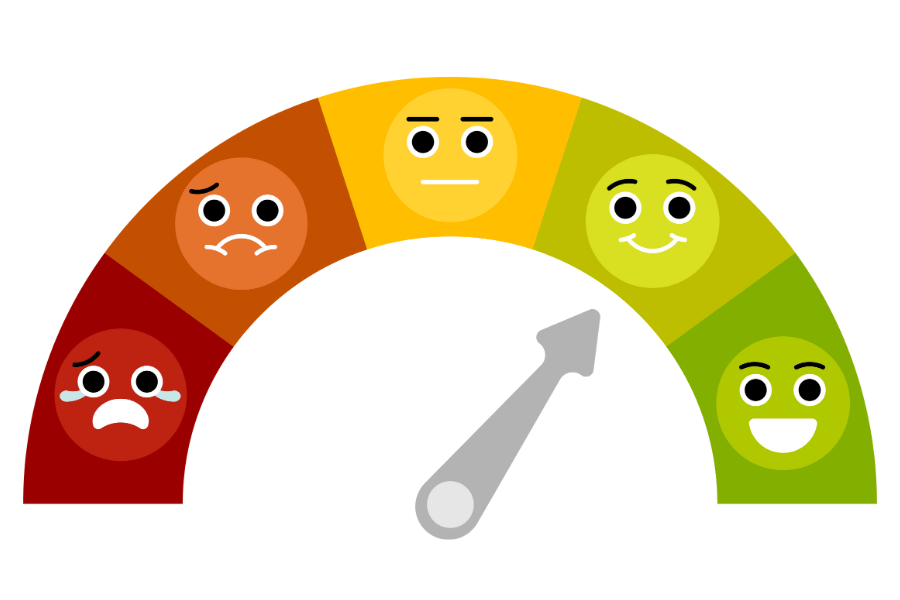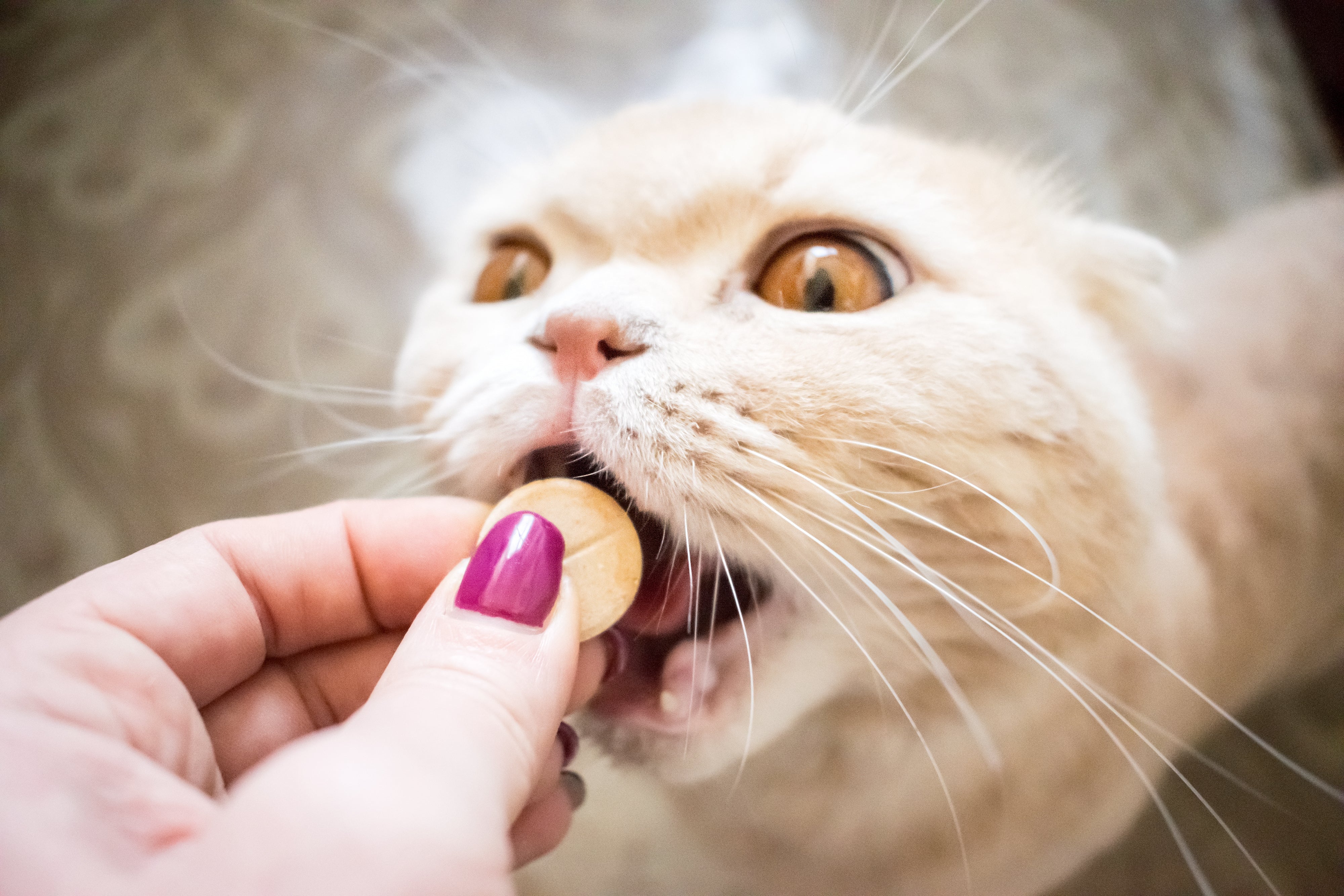Teaching your child healthy habits can set them up for a lifetime of optimal physical and mental well-being.
Here are 10 crucial healthy habits to encourage your kids to practice.
#1: Stay physically active
Encourage your child to move—and love moving—every day. This helps:
- Improve cardiovascular fitness, concentration, balance, skills development, and flexibility
- Build self-esteem and confidence
- Create opportunities to make friends and enhance social skills
- Maintain a healthy weight and sleep pattern
It’s important to find activities that your child really enjoys; this will ensure that the habit sticks. Here’s how much physical activity your child should get, based on their age:
- 3 to 5 years: Should be physically active throughout the day
- 6 to 17 years: Need 60 minutes or more of moderate-to-vigorous physical activity daily
#2: Slather on sunscreen
Teach your child the importance of sun protection to avoid sunburns and lower their risk of developing skin cancer. Make sure they:
- Use sunscreen with a minimum SPF 30 protection
- Apply enough sunscreen (and to all exposed areas, including the ears and behind the neck) whenever they are in the sun
- Reapply sunscreen often, about every 2 hours (or more often if swimming)
#3: Limit screen time
We know it’s easier said than done, but we couldn’t omit this one. We recommend having your child stick to a fixed, limited screen time schedule. Excessive screen time for toddlers and children has been linked to:
- Developmental delays
- Inadequate sleep
- Poor grades
- A greater risk of obesity
- Mental health concerns
Pediatricians generally recommend the following screen time guidelines for children, based on their age:
- Under 2 years old: Zero screen time
- 2 to 5 years: ≤ 1 hour daily
- 5 to 17 years: ≤ 2 hours daily, excluding time spent on homework
#4: Read daily
Reading for pleasure in early childhood is associated with better cognition, mental health, and educational attainment in adolescence.
Here are a few things you could do to help your child develop a love of reading:
- Snuggle up and read to your child
- Encourage a wide range of reading choices (e.g., fiction, non-fiction, poetry, and comics)
- Lead by example (children often model their reading behavior after their parents)
#5: Making nutritionally wise food choices
Help your child develop healthy eating habits by encouraging them to:
- Pick whole, nutritionally dense foods (e.g., whole grains, lean proteins, fruits, and vegetables) over ultra-processed foods loaded with added sugars, saturated fats, and sodium
- Understand portion sizes (the USDA’s Healthy Plate website offers a tool for generating a personalized MyPlate Plan based on your child’s gender, height, weight, and physical activity level)
- Get in tune with their bodily cues for hunger and fullness
#6: Quench thirst with water
It’s all too easy for your child to get a “sugar overload” from soda, sweetened beverages, and fruit juices.
High sugar intake negatively affects children’s:
- Academic performance, learning, and memory
- Metabolic health (causing issues such as fatty liver disease, type 2 diabetes, and inflammatory conditions like asthma)
- Gut microbiome and function—potentially causing digestive issues
So, have your child prioritize plain, refreshing water as their hydration choice.
#7: Twice-daily teeth brushing
Studies show oral health has a significant impact on overall health. Twice-daily teeth brushing helps your child avoid common oral health issues, such as:
- Plaque buildup
- Tooth decay and cavities
- Gum disease
Beyond teaching them when to brush, you should also show them how to brush:
- Floss before brushing
- Group parts of the teeth into sections and spend 10 to 15 seconds on each one; brush the teeth and along the gum line—covering the inside, outside, and chewing surfaces of the teeth
- Teach them to spit out the toothpaste and not rinse with water after brushing
#8: Cultivate a positive outlook
Research from the Harvard T.H. Chan School of Public Health shows that optimistic individuals have a significantly lower risk of dying from major causes of death, including heart disease, stroke, cancer, respiratory disease, and infection.
Here are some ways to promote positivity in your children:
- Model Positive Behavior: Children learn by observing. Parents should model a positive attitude in their daily interactions and responses to challenges.
- Encourage Gratitude: Teach children to regularly express gratitude for the positive aspects of their lives. This can be done through daily gratitude journals or family discussions.
- Promote Positive Self-Talk: Help children develop positive self-talk by encouraging them to replace negative thoughts with positive affirmations.
- Set Realistic Goals: Teach children to set and achieve realistic goals, which can foster a sense of accomplishment and reinforce a positive outlook.
#9: Handwashing
Handwashing keeps your child safe from bacteria and viruses that can make them and others around them sick. So, teach them how to wash their hands properly (e.g., how to lather up with soap and how to get in between fingers and under fingernails).
Also, share when they should wash their hands:
- Before and after eating
- After using the toilet, petting a dog, playing outside, coughing, or sneezing, etc.
#10: Sleep hygiene
Your child needs sleep for healthy growth and development and to function while awake. Sticking to a consistent sleep-wake cycle helps them get enough quality sleep every night.
Here’s how much sleep your child needs daily if they’re aged:
- 3 to 5 years: 10 to 13 hours
- 6 to 12 years: 9 to 12 hours
- 13 to 18 years: 8 to 10 hours
Tip: Children learn by observing and copying their parents' behavior. So, to instill these 10 healthy habits in your child, be prepared to walk the talk and lead by example.





























































Join in on the Conversation
Your email address will not be published. Once your comment is approved, it will be published.